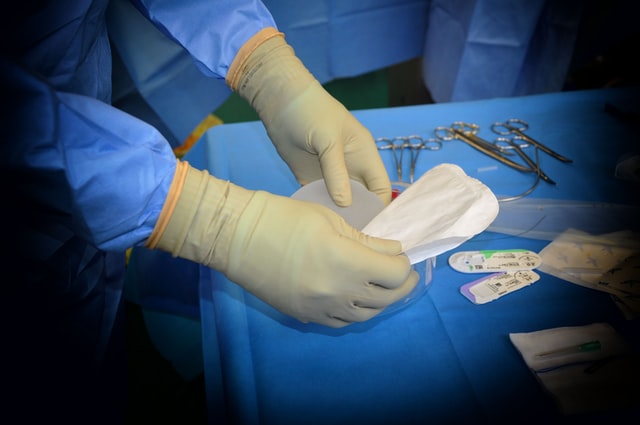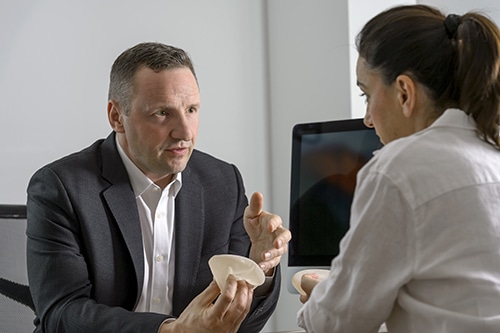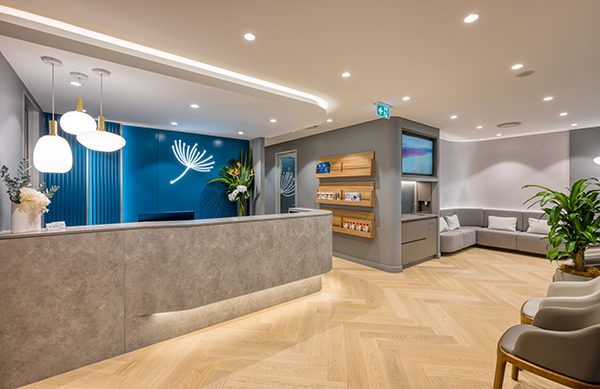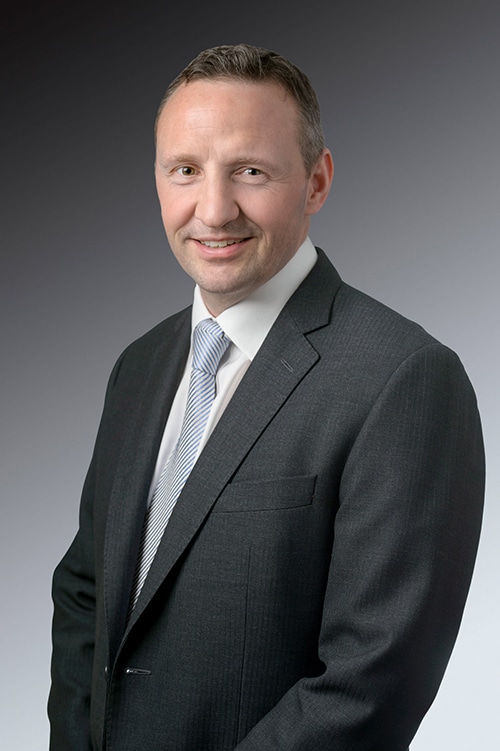Lymph Node Removal Surgery in Sydney by Dr Michael Kernohan
Lymph node removal surgery or lymphadenectomy is a surgical procedure done to remove and analyse suspicious lymph nodes. Lymph nodes are small glands distributed all over the body and they serve important immune functions. They can be enlarged due to infection, inflammation, or malignancy.
Suspicious lymph nodes are often removed to rule out malignancy when the risks of leaving them are outweighed by the potential benefits of removal. If you’ve already been diagnosed with cancer, then a lymph node biopsy can help us know if the cancer has spread and guide further treatment. This includes breast cancer, metastatic skin cancer, advanced melanoma, or head and neck cancer.
Sydney Specialist Plastic Surgeon Dr Michael Kernohan routinely performs lymphadenectomy and lymph node biopsies on his patients in Sydney. His experience includes sentinel lymph node biopsy – a technique in evaluating the spread of melanoma. He follows different plastic surgery techniques to ensure optimal results after your procedure. Read on to learn more about lymphadenectomy and sentinel node biopsy.
What Are Lymph Nodes?
The lymph glands are an important part of the immune system. They’re numerous and are distributed all around the body. They filter the lymph fluid coming out from different body regions and trigger the immune system to make antibodies.
The lymph is a high-protein fluid that moves white blood cells and proteins from tissue back to the blood circulation.
Before returning to the blood circulation, lymph passes through lymph nodes or glands to be filtered and for bacteria and microbes including viruses. If the area being drained has developed a cancer, the cancer cells can be trapped by the corresponding lymph nodes.
Lymph nodes are located all around the body. Some examples include cervical lymph nodes (neck lymph nodes), axillary lymph nodes (armpit area), and Inguinal lymph nodes (groin area), these are the nodes that drain our superficial layers.
Enlarged lymph nodes can sometimes be felt under the skin. They feel like firm round growths and can occasionally become painful. Sometimes, lymphadenopathy is not felt by the patient and is rather seen on imaging studies, like magnetic resonance imaging or CT scan.
What Causes Lymph Node Enlargement?
There are several causes of lymphadenopathy:
- Infection: Most of the time, lymph nodes enlarge as a response to infection. During an infection, the immune system is activated, and the lymph nodes become inflamed as they fight the microbes by creating antibodies.
- Drug reactions: Inflammatory reaction to certain drugs can cause lymphadenopathy.
- Lymphoma: A immune tissue cancer that causes lymph node enlargement. Lymph node biopsy is helpful for the diagnosis of lymphoma.
- Advanced melanoma: Cutaneous melanoma is a type of skin cancer. Sentinel lymph node biopsy is usually done to risk assess for metastatic melanoma. It helps your medical team know how risky the melanoma is and guide treatment like immunotherapy. Sentinel lymph node biopsy is a critical part of assessing advanced melanoma.
- Metastatic skin cancer: Non-melanoma skin cancer (squamous cell carcinoma and basal cell carcinoma) can also spread to nearby lymph nodes. Dr Kernohan performs lymphadenectomy (removal of a collection of lymph nodes) routinely for advanced and metastatic skin cancer.
- Other cancers: many cancers tend to spread to nearby lymph nodes or “drainage basins” Dr Kernohan performs analysis of regional lymph node biopsy to establish a diagnosis and guide treatment decisions. This can involve Ultrasound scan, needle biopsy, CT scan, MRI scan or PET scan depending on the situation.
When Should You Have Lymph Node Biopsy?
Not every enlarged lymph node (lymphadenopathy) necessitates surgical removal or biopsy. Lymphadenopathy can commonly occur with infections – respiratory tract infections (particularly colds and flu), skin infections or for unknown reasons.
Lymph node dissection and removal is usually done for one of two purposes:
- Investigate suspicious lymph nodes: New enlarged lymph nodes that show unusual features might need to be removed and tested. Signs include failure to regress within weeks, lymphadenopathy without other signs of infection, hard lymph glands, pain, and immobility.
- Assess the extent of the spread of cancer: This is for patients already diagnosed with cancer. Nearby lymph nodes are removed and tested for cancer spread in order to guide treatment decisions (additional tests, hormone therapy, immunotherapy, chemotherapy, further treatment, etc.)
Lymph Node Removal Surgery
Lymph node removal procedure (lymphadenectomy) is usually done with the help of local or general anaesthesia. If the target lymph tissue is located in a challenging location, then general anaesthesia might be recommended.
Usually, all lymph node biopsy procedures follow the same steps. First, Dr Kernohan will clean the surgical field with an antiseptic solution. A small skin incision is then strategically made just above the enlarged lymph nodes.
Then, Dr Kernohan surgically explores the area and identifies the target lymph node group. He will isolate the lymph glands and cut any blood and lymph vessels supplying them.
Dr Kernohan follows specific techniques in order to remove as little healthy tissue as possible. After removing the glands, he closes the wound, layer by layer, to ensure that it heals well with as small a scar as possible.
The removed glands are sent to the pathology lab to be tested.
Based on location, Dr Kernohan performs several types of lymphadenectomy:
Axillary lymph node removal
- Axillary lymph nodes are those located in the armpit region. Dr Kernohan then performs axillary lymph node dissection for known skin cancer metastases, removing the abnormal lymph node and its associated group. This is most commonly done in cases of squamous cell and metastatic melanoma of the upper body region
Cervical lymph node removal
- The cervical lymph nodes are those located under your jaw, ears, and all along the sides of the neck. Cervical lymph node metastases are usually seen with head and neck cancers, oral cancer, skin cancer, advanced melanoma, skin cancer, and other malignancies. Removal can also include removing the parotid gland in front of the ear.
Inguinal lymph node removal
- This group of lymph nodes is located in the groin area, along the sides of the lower abdomen. Like the axillary nodes it can be needed to treat metastatic squamous cell carcinoma and malignant melanomas
Sentinel Node Biopsy
This is a type of lymph node removal surgery that involves removing only the first lymph node group encountered by cancer cells as they filter from a specific diseased body region.
It is performed with the help of a dye injected into the tumour site before surgery in the radiology department and some further dye injected immediately prior to surgery. The dye will go with the lymph to be filtered in the regional lymph nodes.
Once Dr Kernohan finds the first lymph node group containing the dye, he removes it and sends it to the lab to be tested for cancer cells. If this first lymph node group contains no cancer cells, then the cancer is considered lower risk.
Sentinel node biopsy is usually an essential part of primary melanoma diagnosis and treatment. It helps Dr Kernohan and your cancer care team decide on whether you need further surgery, chemotherapy, radiotherapy, or not. Not everyone needs this but the risk can be calculated and discussed during your consultation which helps decision taking for borderline cases.
This is commonly performed with stage 1 and stage 2 melanoma to assess the extent of cancer. If no melanoma cells are found in the sentinel lymph nodes, then you have localised melanoma. Melanoma surgery alone is usually enough.
Preparing For Lymph Node Removal Surgery
During Your First Consultation with Dr Kernohan
Dr Kernohan will first check your medical history, discuss any medications you’re taking, and ask about any allergies you may have. He will then ask you specific questions about your complaints. Expect to be asked questions like:
- When did you first notice the lymph nodes?
- Do they cause any pain?
- Do they itch?
- Do they become swollen or red?
- Do you have other enlarged lymph nodes around your body?
- Have you been diagnosed with any kind of cancer?
- Do you have any other signs of infection?
If you’ve already been diagnosed with skin cancer, malignant melanoma, or any other kind of cancer, then make sure you bring along any relevant tests. This includes lab tests, imaging tests, and reports.
Day of Lymph Node Removal Surgery

Lymphadenectomy is usually a 1-day procedure. This means that you will be sent home the same day as your surgery. On rare occasions, you might be asked to stay the night for monitoring.
Dr Kernohan will inform you on whether or not you need to stop your blood-thinning medications. You will be asked to not eat or drink the night before your lymph node removal procedure.
Since you might be given a sedative to relax, you will not be able to drive after your surgery. You should arrange for someone to take you home once you’re discharged.
Recovery After Lymph Node Removal Surgery
Recovery from lymph node removal surgery is similar to recovery from most surgeries. Dr Kernohan will give you pain medication, antibiotics, and instructions on how to care for yourself at home. You’ll also need to avoid strenuous activities for the first couple of weeks after your procedure.
In general, you can get back to work 2-3 days after lymph node removal. The wounds usually take 1-2 weeks to fully close. Any scars will continue to heal and should become much less visible after 6-12 months.
What Are The Risks Of Lymph Node Removal Surgery?
Complications of lymph node removal surgery can include:
- Lymphedema – this is when the body region that is typically drained by the removed lymph nodes swells.
- Seroma formation – this is quite common and involves an egg like swelling at the surgical site a couple off weeks after the procedure. It can be a nuisance but can be drained in the rooms
- Infection
- Bleeding
- Nerve damage
- Scarring
Thankfully, most of these complications are rare.
Sentinel node surgery helps reduce the risk of lymphedema by preventing unnecessary removal of further lymph nodes. As the medical options change radical surgery is thankfully becoming less frequently needed. Moreover, Dr Kernohan follows meticulous techniques to only remove the affected lymph node groups, without damaging the nearby healthy tissue.
If you experience any side effects following lymph node removal surgery, talk to Dr Kernohan immediately. He will assess the problem and will likely prescribe additional medications to treat them.
Check plastic surgery risks page for more details.

How Much Is Lymph Node Removal Surgery in Sydney?
The cost of lymph node removal surgery is hard to estimate without a consultation. It depends on the type of concerns you have and the surgery recommended for your particular case.
Have a look at Dr Kernohan’s prices page to get an idea about the costs involved with surgery.
Please call or contact Dr Kernohan’s team for a price estimate or to schedule a consultation.
Does Medicare Cover Lymph Node Removal?
Medicare and insurance may help cover surgery that is medically necessary for a patient. If you meet the Medicare criteria, you may also be eligible for a partial rebate. Check out information on Medicare item numbers here.
It’s also important to know that we offer our patients payment plan options available to help you fund the surgery.






